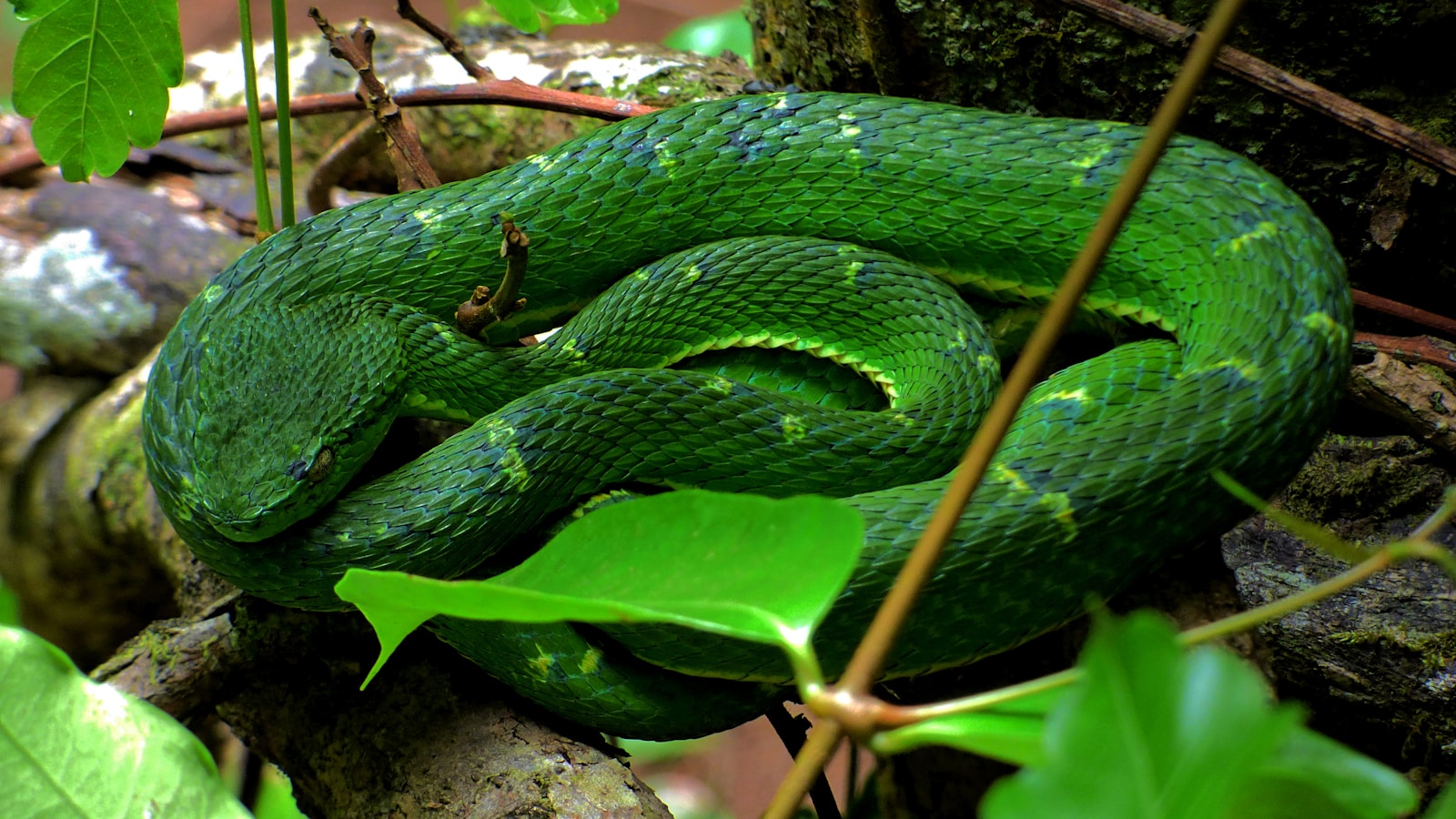In the mysterious and fascinating world of reptiles, snakes stand out as masters of survival. These limbless creatures have evolved remarkable sensory mechanisms that allow them to detect danger long before it becomes visible. While humans rely primarily on sight and sound to navigate their surroundings, snakes possess an intricate array of specialized sensory organs that function as an early warning system against predators. These extraordinary adaptations give snakes crucial seconds or minutes to escape or prepare defensive actions, significantly increasing their chances of survival in the wild. From thermal detection to vibration sensing, snakes’ ability to perceive predators before visual confirmation represents one of nature’s most sophisticated survival mechanisms.
The Jacobson’s Organ: Chemical Detection System
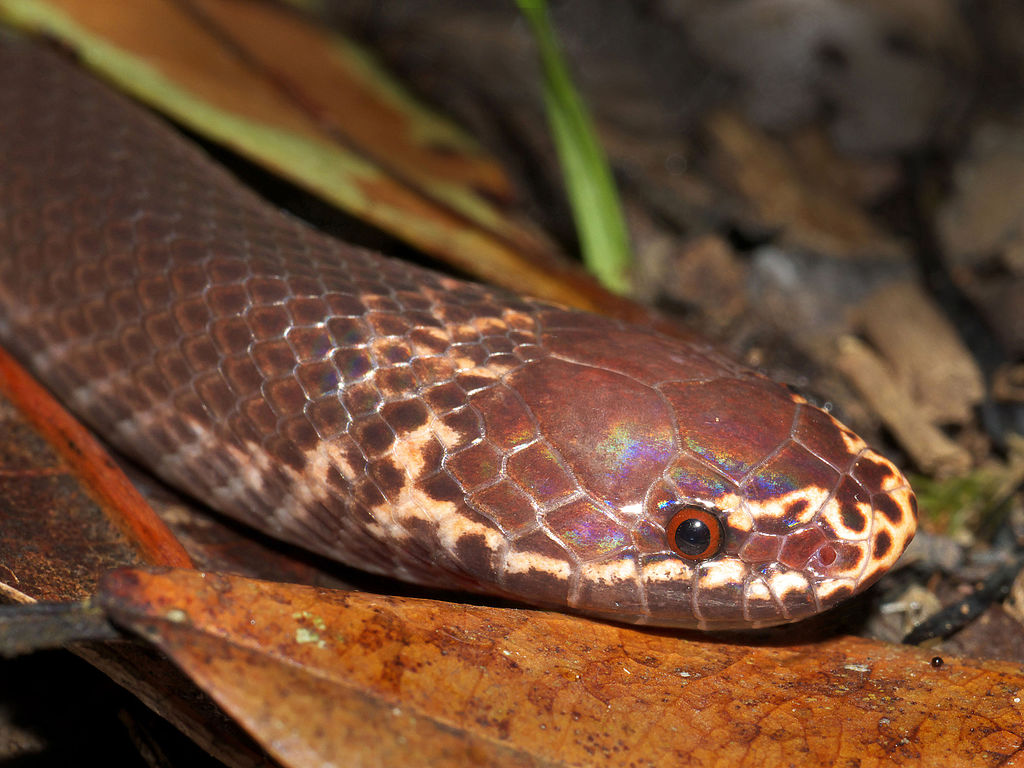
Perhaps the most specialized sensory tool in a snake’s arsenal is the Jacobson’s organ, also known as the vomeronasal organ. Located in the roof of a snake’s mouth, this remarkable organ allows snakes to “taste” the air for chemical particles that might indicate the presence of predators. When a snake flicks its forked tongue, it’s actually collecting airborne particles and transferring them to this specialized organ. The Jacobson’s organ can detect minuscule concentrations of chemicals, allowing snakes to identify specific predators by their unique chemical signatures. This chemical detection system works even when the predator is downwind or has passed through the area hours earlier, giving snakes advanced warning of potential danger.
Vibration Sensing Through the Jaw
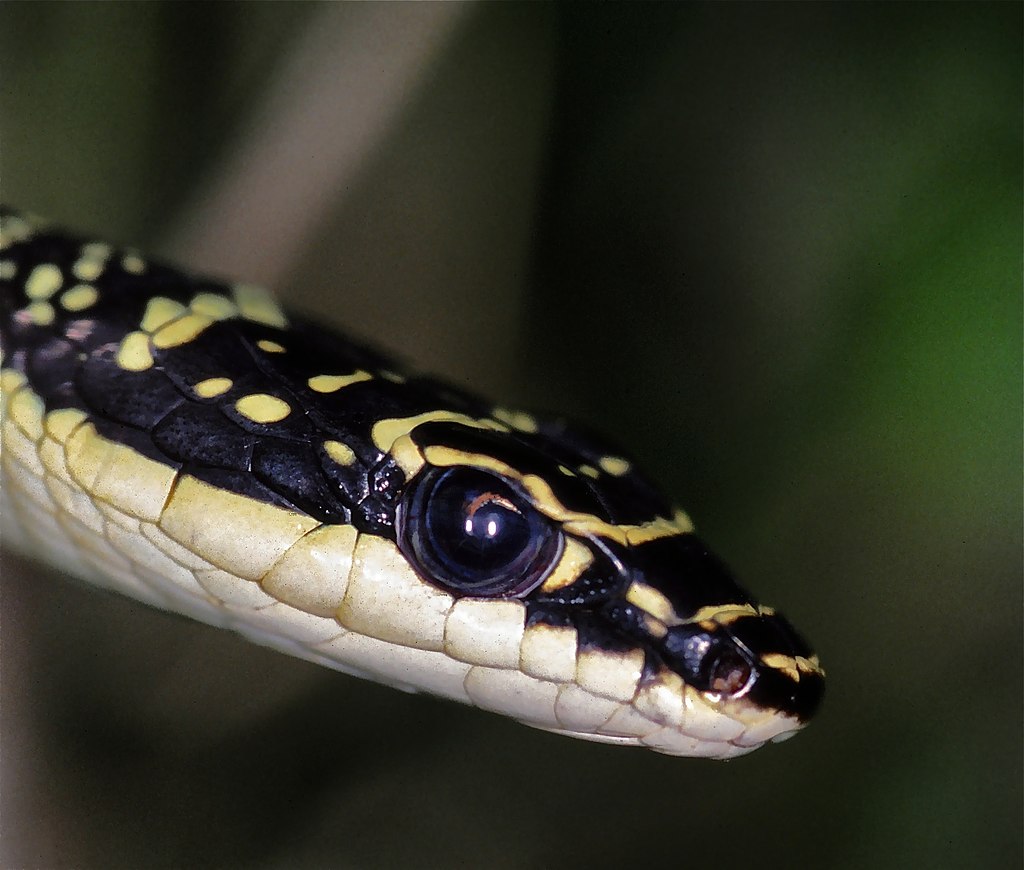
Snakes have evolved a remarkable sensitivity to ground vibrations, primarily detected through their jawbones. Unlike mammals who rely on eardrums to detect sound waves through air, snakes detect vibrations transmitted through solid surfaces by placing their jaws directly against the ground. This adaptation allows them to sense the footfalls or movement patterns of approaching predators from considerable distances. Different predators create distinctive vibration patterns based on their weight, gait, and speed, allowing experienced snakes to distinguish between harmless animals and dangerous threats. Even when resting, a snake maintains constant vigilance through this ground-based vibration detection system, which functions as an early alert mechanism.
Infrared Heat Detection in Pit Vipers

Pit vipers, including rattlesnakes, copperheads, and water moccasins, possess specialized heat-sensing organs called pit organs located between their eyes and nostrils. These remarkable structures can detect temperature differences as small as 0.003 degrees Celsius, creating a thermal image of their surroundings. This infrared detection system allows pit vipers to sense warm-blooded predators in complete darkness or when the predator is camouflaged against its background. The information from these pit organs is processed in the snake’s brain alongside visual information, creating a comprehensive awareness of potential threats. When a warm-blooded predator approaches, the snake receives an immediate alert through these highly sensitive thermal detectors even before visual confirmation is possible.
The Role of the Forked Tongue
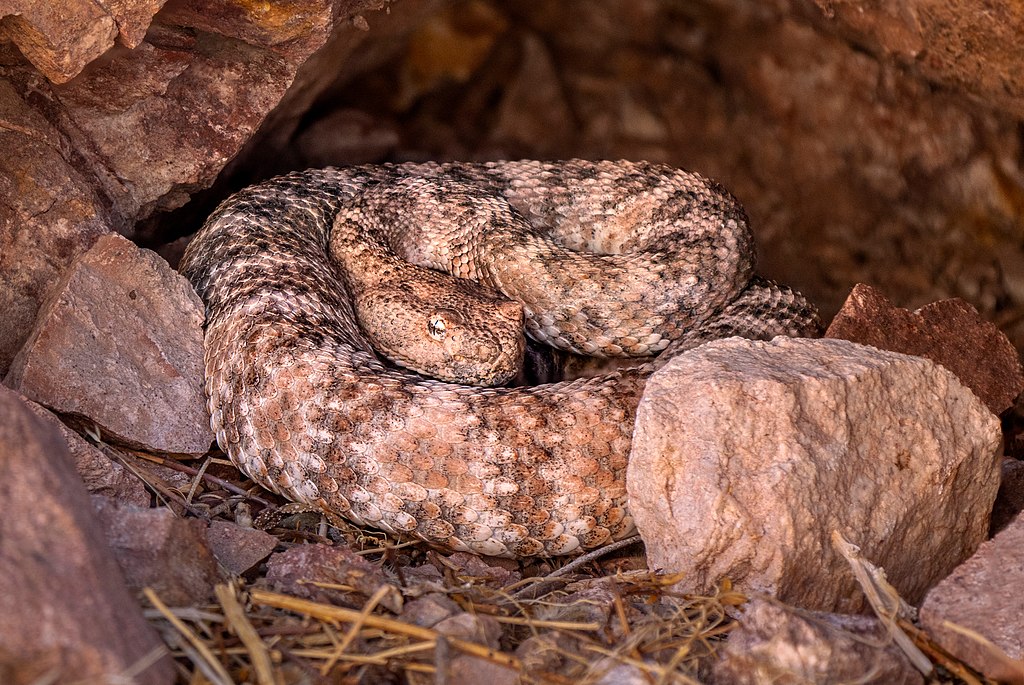
The snake’s distinctive forked tongue serves as a sophisticated sampling tool that significantly enhances its ability to detect predators. When extended, the tongue collects chemical particles from the air, ground, and water, which are then transferred to the Jacobson’s organ for analysis. The forked design allows for stereo chemoreception, meaning snakes can determine the direction from which a chemical signal originates. This directional information helps snakes not only detect the presence of predators but also determine which direction poses the greatest threat or offers the safest escape route. Snakes typically increase their tongue-flicking frequency when they sense potential danger, gathering more chemical information to make quick survival decisions.
Pressure and Air Current Detection
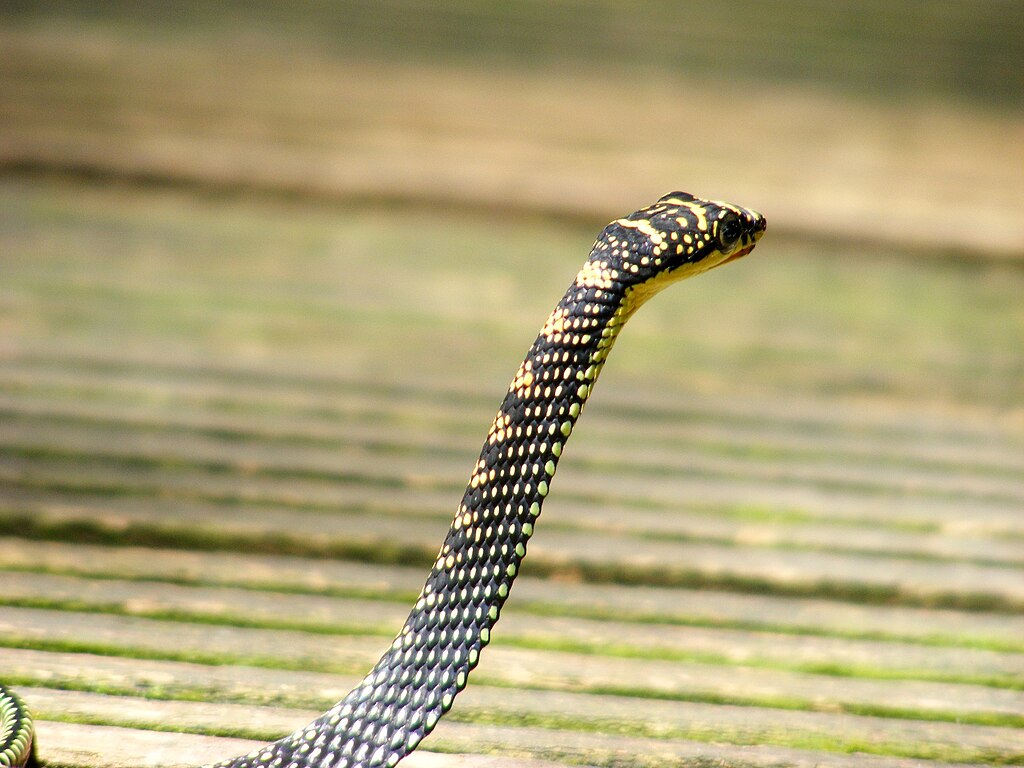
Snakes possess a remarkable sensitivity to changes in air pressure and currents, which often precede the visual confirmation of an approaching predator. Their bodies are covered with microscopic sensory receptors that can detect subtle changes in air movement caused by a predator’s approach. These pressure-sensitive cells are particularly concentrated along the snake’s flanks, providing 360-degree awareness of their surroundings. When a large predator moves through the environment, it creates distinctive air pressure waves that travel ahead of its visual presence. For burrowing snake species, this pressure detection system is especially crucial as it allows them to sense predators digging toward their location or moving above ground while they remain hidden below.
Vision and Movement Detection

While snakes are often thought to have poor vision, many species actually possess highly specialized visual systems optimized for detecting movement rather than fine details. This movement-centric vision serves as an excellent predator detection system, as it filters out stationary elements of the environment and highlights moving threats. Snakes’ eyes are particularly sensitive to changes in light intensity and rapid movements, characteristic of approaching predators. Some arboreal snake species have developed forward-facing eyes with binocular vision, enhancing their ability to judge distances and detect predatory birds approaching from above. Additionally, many snakes can see into the ultraviolet spectrum, giving them visual information that remains invisible to many of their predators.
The Snake’s Internal Clock and Predator Patterns
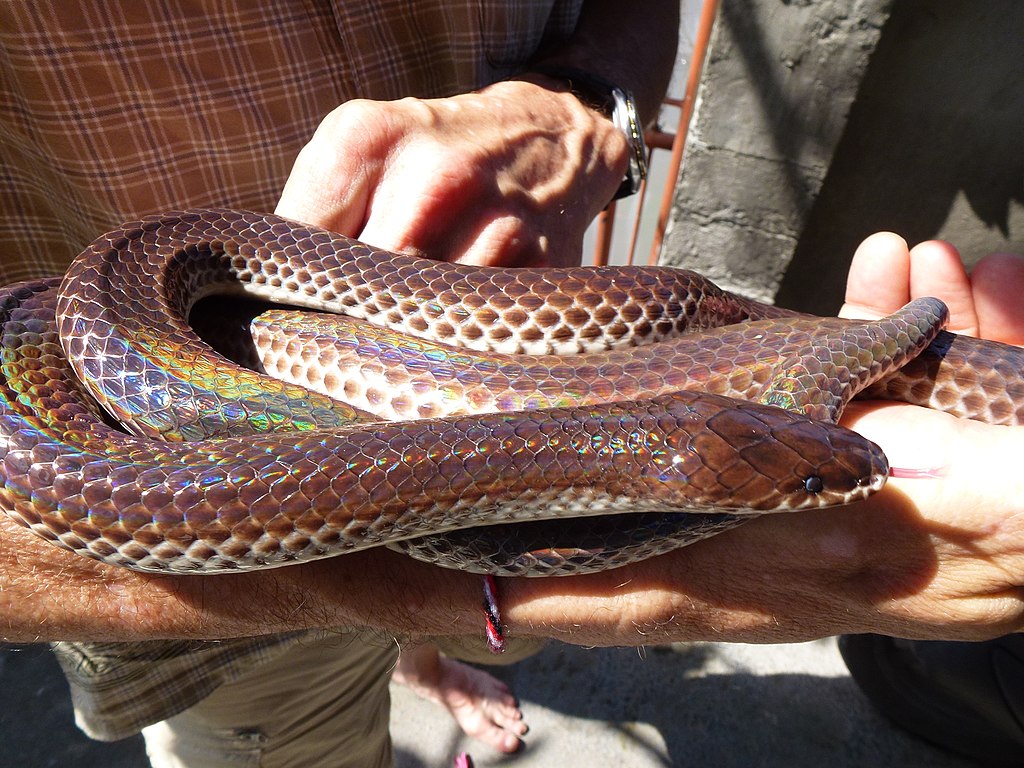
Many snake species possess a sophisticated internal timing mechanism that helps them anticipate potential predator activity based on time of day. This internal clock allows snakes to become more vigilant during periods when specific predators are most active. For example, certain snake species become particularly alert at dawn and dusk when birds of prey are hunting, even without direct sensory evidence of the predators’ presence. This anticipatory vigilance represents a form of temporal sensing that complements their direct sensory detection systems. Research has shown that captive snakes maintain these heightened alert periods that align with natural predator activity cycles, even when removed from their natural environment for multiple generations.
Chemical Alarm Signals from Other Snakes

Snakes have evolved a sophisticated communication system involving chemical alarm signals that warn other snakes of predator presence. When a snake encounters a predator and experiences stress or injury, it releases specific pheromones that serve as warning signals to others of its species. These chemical alarm signals can persist in the environment for hours or even days, creating a chemical “warning sign” that alerts other snakes to potential danger long before they would otherwise detect the predator. Studies have demonstrated that snakes encountering these alarm chemicals immediately adopt defensive or escape behaviors even without direct evidence of the predator. This chemical communication system creates a community-based early warning network that significantly enhances individual survival rates.
Water Pressure and Ripple Detection
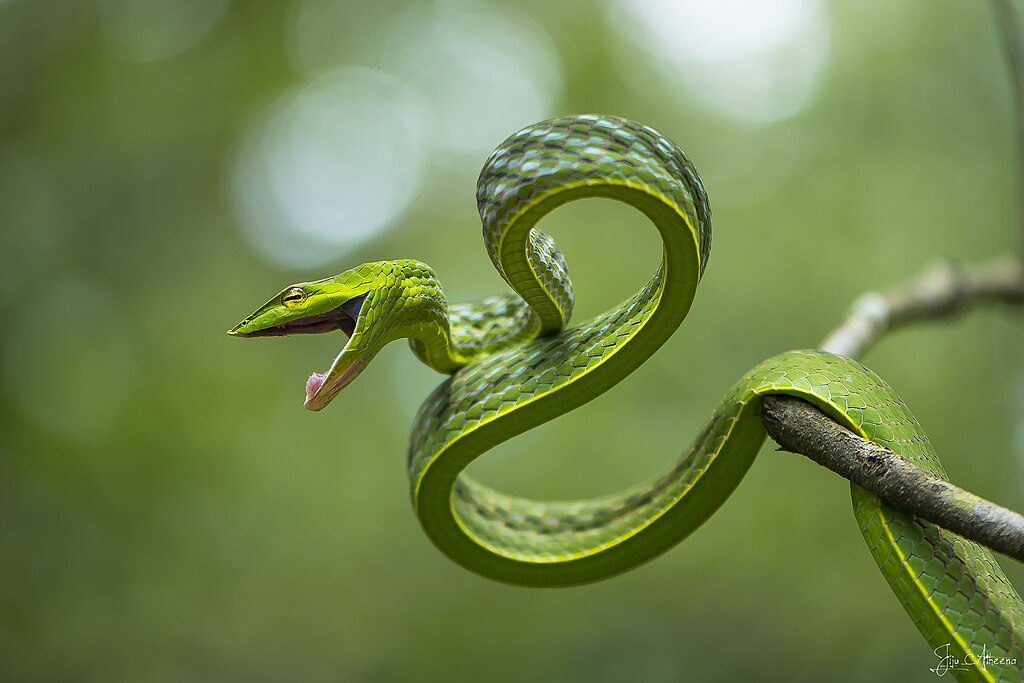
Aquatic and semi-aquatic snake species have developed specialized sensory abilities to detect predators through water movement and pressure changes. These snakes possess heightened sensitivity to water displacement and can detect the subtle pressure waves created by predators swimming or moving near the water’s surface. Their entire body essentially functions as a pressure-sensing organ, capable of determining both the direction and approximate size of an approaching threat based on water movement patterns. Sea snakes and water mocassins can detect potential predators approaching from dozens of meters away through these pressure waves, giving them crucial time to escape or hide. This aquatic pressure sensing works even in murky water with zero visibility, providing these snakes with a comprehensive awareness of potential threats in their aquatic environment.
Advanced Brain Processing of Multiple Sensory Inputs

The snake’s brain contains specialized neural structures dedicated to integrating information from its various sensory systems, creating a comprehensive threat assessment capability. This neural integration allows snakes to cross-reference information from chemical detection, vibration sensing, thermal detection, and other inputs to confirm potential threats with remarkable accuracy. The optic tectum region of the snake’s brain is particularly developed for this multisensory integration, helping reduce false alarms while ensuring genuine threats are rapidly identified. Research has shown that snakes can make threat assessments and begin evasive actions within milliseconds of receiving sensory input, demonstrating the efficiency of this neural processing system. This integrated sensory processing represents one of the most sophisticated predator detection systems in the animal kingdom.
Behavioral Adaptations That Enhance Sensory Detection
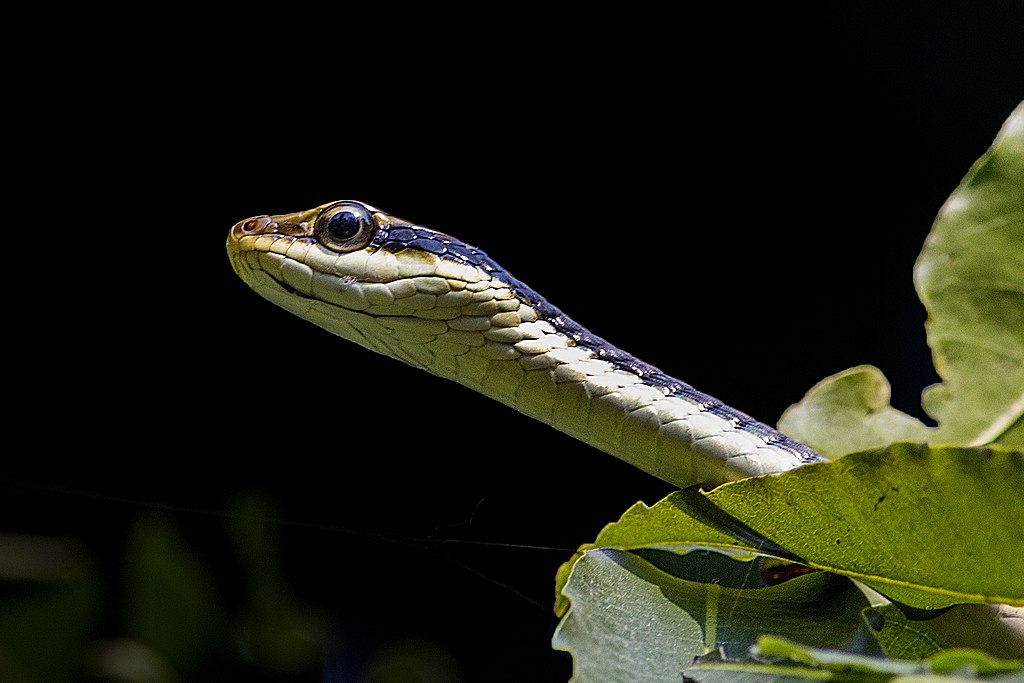
Snakes have developed specific behavioral patterns that maximize the effectiveness of their sensory systems for detecting predators. Many species adopt a characteristic periscoping behavior, raising the anterior portion of their body to increase their range of chemical detection through tongue-flicking and improve their visual field. During periods of increased vulnerability, such as digesting a large meal or shedding skin, snakes typically seek sheltered locations that amplify vibrations and funnel air currents, enhancing their ability to detect approaching threats. Some snake species position themselves at the entrance of their burrows or hiding places, orienting their bodies to optimize sensing in the direction of most likely predator approach. These behavioral adaptations work in conjunction with their physiological sensory systems to create a comprehensive predator detection strategy.
The Evolutionary Arms Race of Predator Detection
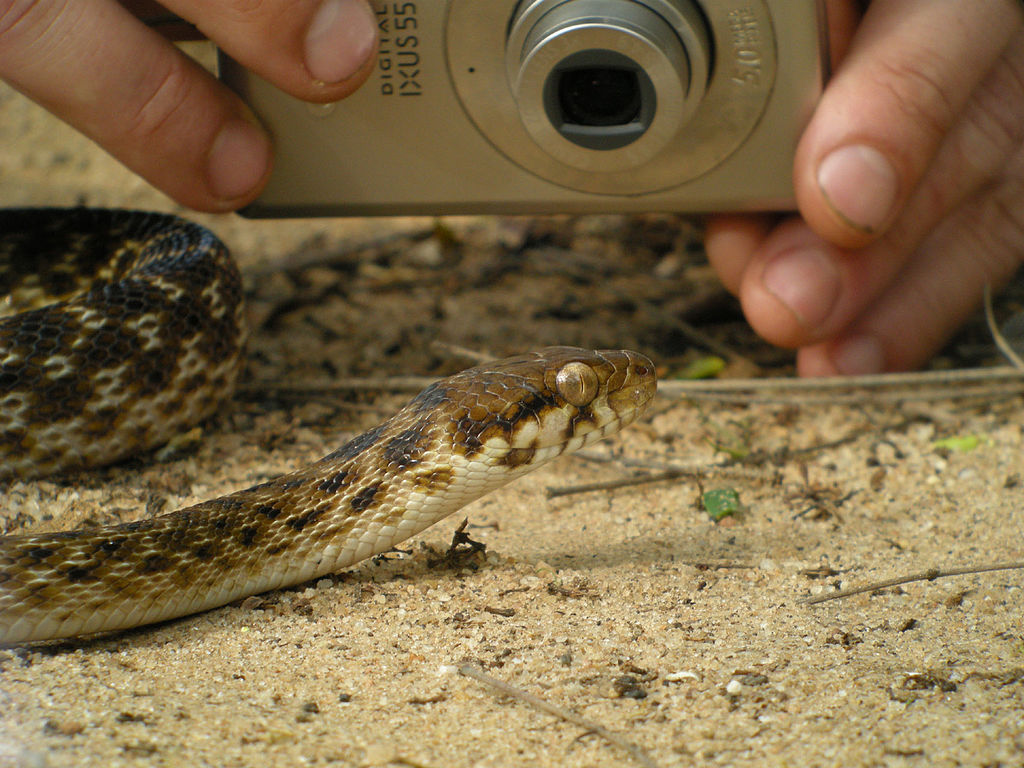
The remarkable predator detection abilities of snakes represent millions of years of evolutionary refinement through natural selection. As predators evolved more sophisticated hunting strategies, snakes developed increasingly sensitive detection systems in an ongoing evolutionary arms race. This evolutionary pressure has been particularly intense for snakes as they lack the limbs necessary for rapid escape, making early detection and avoidance their primary survival strategy. Different snake species have evolved specialized sensory adaptations based on their specific predators and habitats, with desert-dwelling species having enhanced thermal detection while forest-dwelling species often have superior vibration sensing capabilities. The diversity of snake sensory systems across different species provides a fascinating window into the power of evolutionary adaptation in response to predation pressure.
Conclusion

The snake’s remarkable ability to detect predators before visual confirmation represents one of nature’s most sophisticated survival adaptations. Through a combination of specialized organs like the Jacobson’s organ and pit organs, along with heightened sensitivity to vibrations, pressure changes, and chemical signals, snakes maintain a comprehensive awareness of potential threats in their environment. This multisensory approach to predator detection gives these limbless reptiles the critical advance warning they need to survive in a world full of predators. As science continues to unravel the complexities of snake sensory systems, we gain not only a deeper appreciation for these often-misunderstood creatures but also inspiration for developing new technologies based on their remarkable biological adaptations. In their silent vigilance and sensory sophistication, snakes demonstrate that sometimes survival depends not on strength or speed, but on the ability to sense danger before it strikes.

